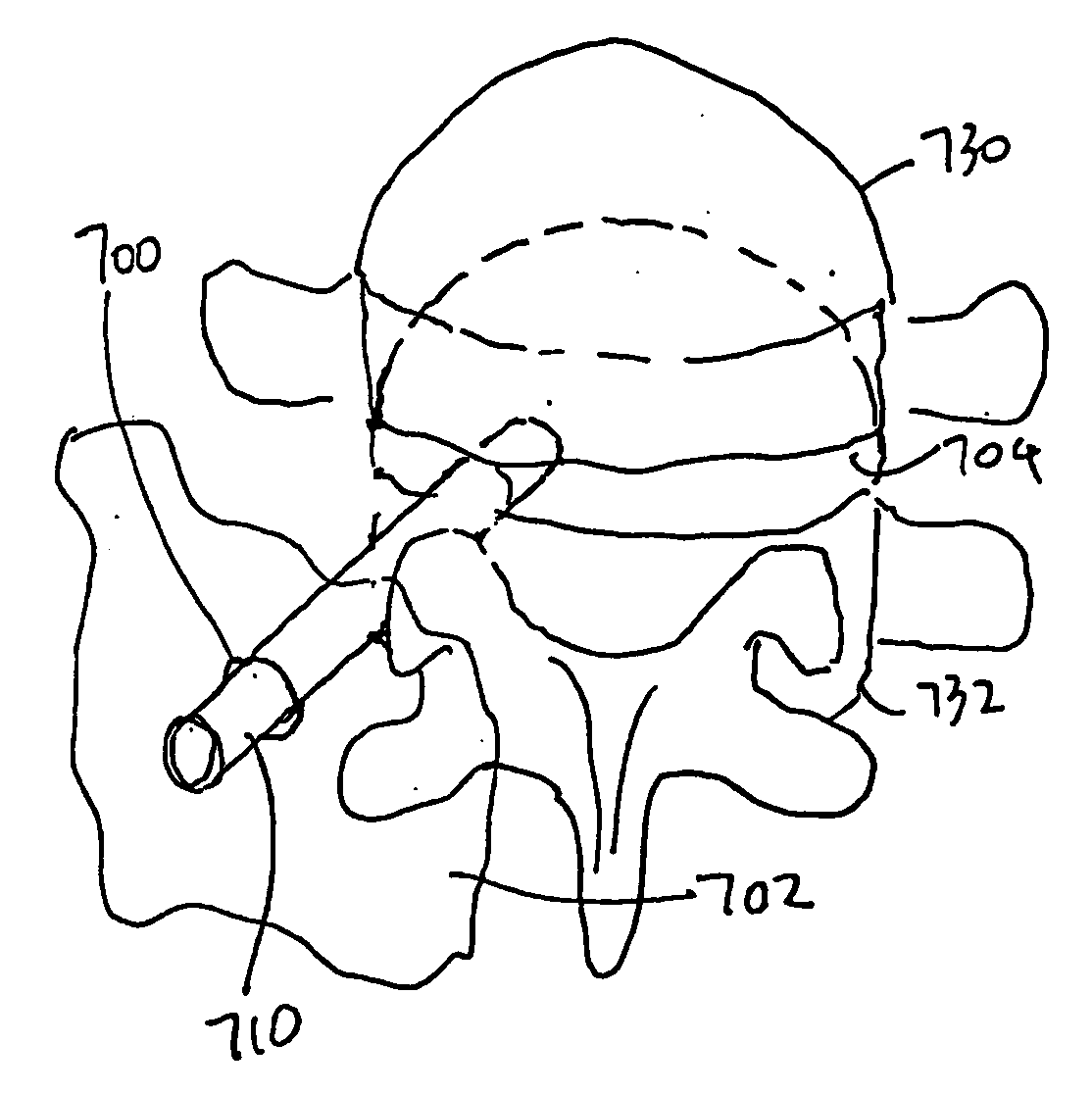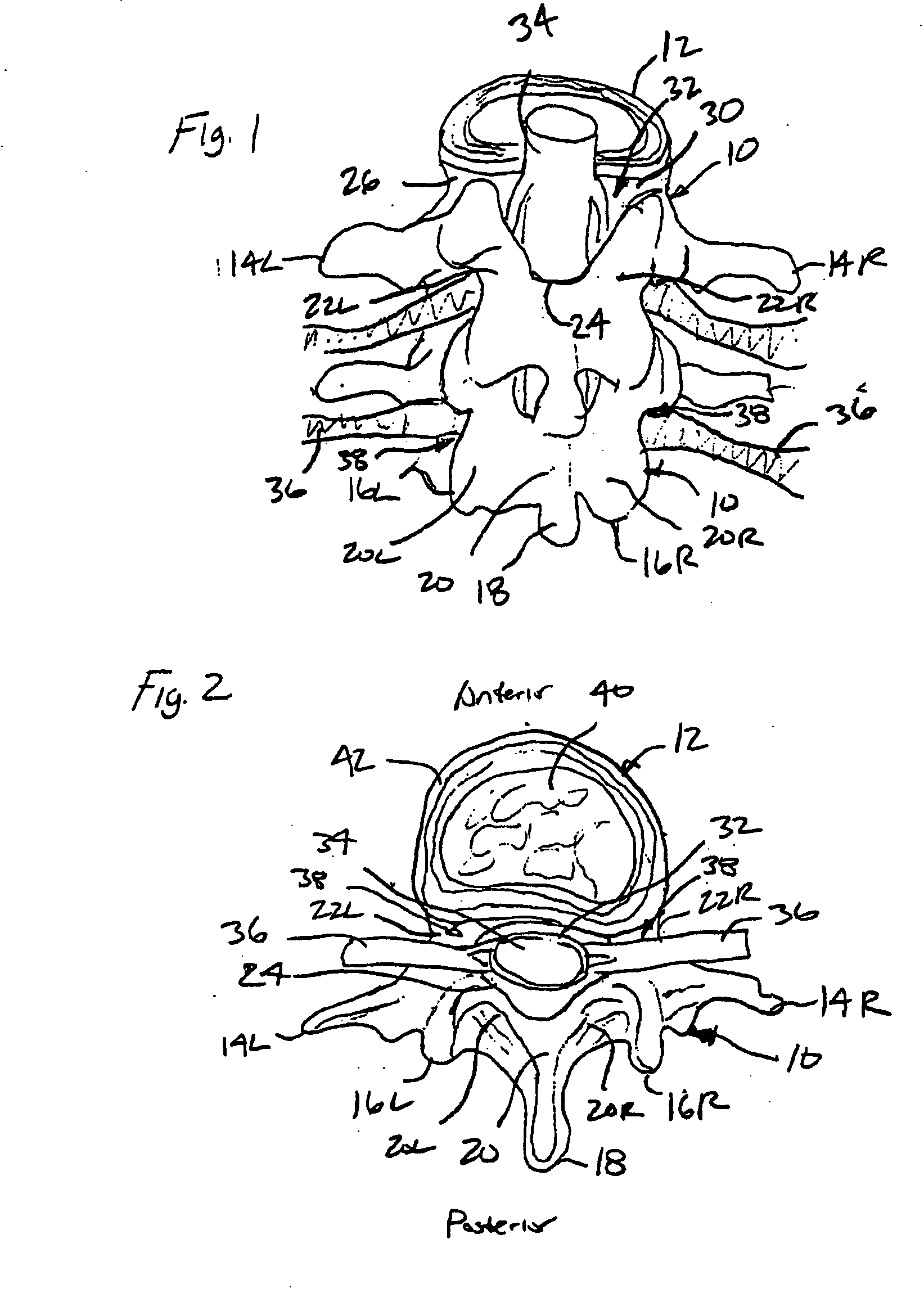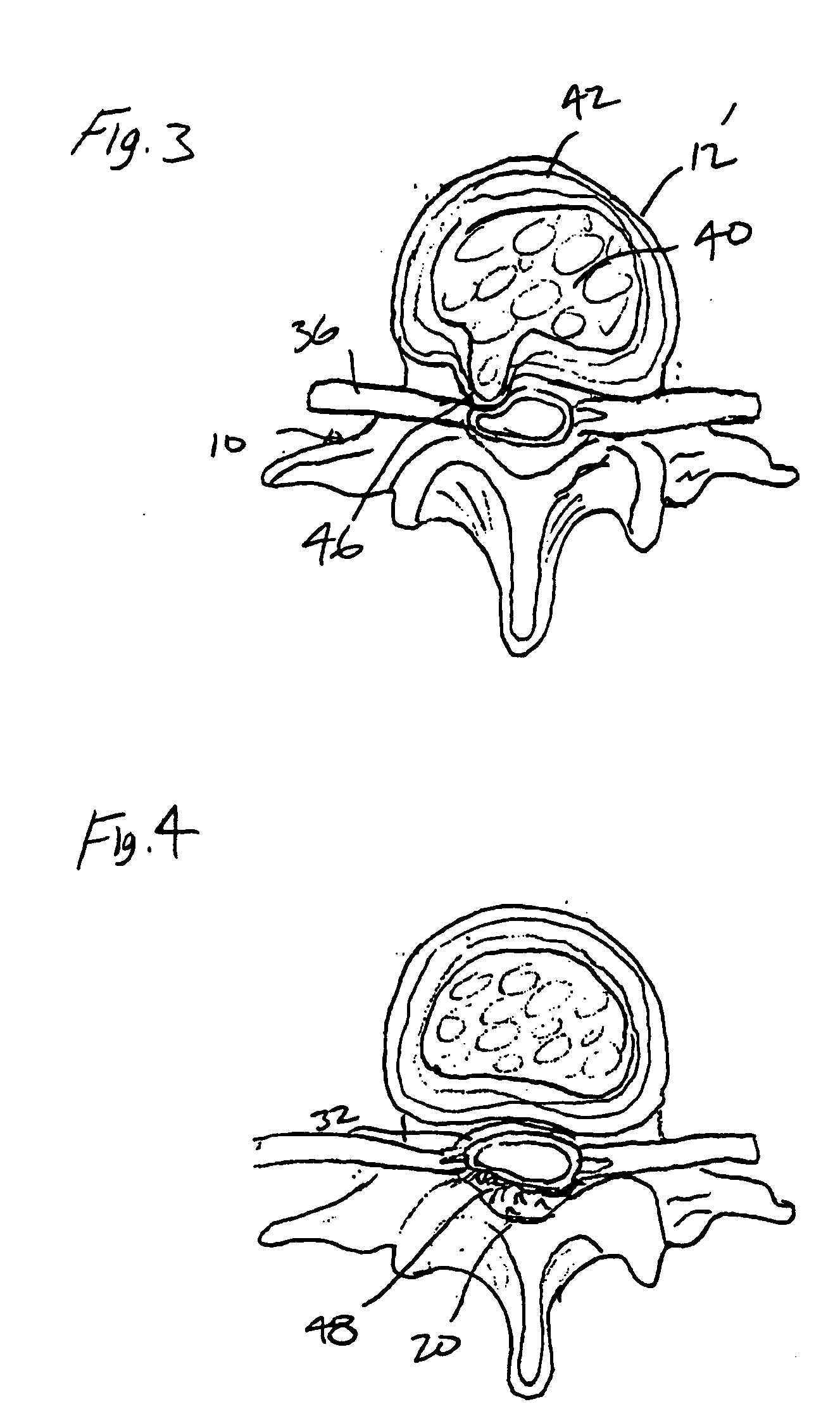Articulating tissue removal probe and methods of using the same
a technology of articulating tissue and probe, which is applied in the field of medical devices and methods for removing tissue, can solve the problems of disc tissue irreparably damaged, pain, and even prolonged disability, and limit the amount of tissue that can be removed to the tissue on the axis
- Summary
- Abstract
- Description
- Claims
- Application Information
AI Technical Summary
Benefits of technology
Problems solved by technology
Method used
Image
Examples
Embodiment Construction
[0041]FIGS. 5A and 5B illustrate a tissue removal probe 100 constructed in accordance with one preferred embodiment of the present invention. The probe 100 includes a probe shaft 102 having a proximal probe shaft portion 104 that extends along a longitudinal axis 182, and a distal probe shaft portion 106 that extends along a longitudinal axis 180. In the illustrated embodiments, the proximal and the distal portions 104, 106 each has a longitudinal profile that is substantially rectilinear. Alternatively, either or both of the proximal and the distal portions 104, 106 can have a curvilinear or a bent configuration. The probe shaft portions 102 and 104 are rotatably coupled together at an interface. The proximal portion 104 of the probe shaft 102 includes a proximal end 110, a distal beveled end 112, and a lumen 118 extending between the proximal and distal ends 110, 112. The distal portion 106 of the probe shaft 102 includes a proximal beveled end 114, a distal end 116, and a lumen 1...
PUM
 Login to View More
Login to View More Abstract
Description
Claims
Application Information
 Login to View More
Login to View More - R&D
- Intellectual Property
- Life Sciences
- Materials
- Tech Scout
- Unparalleled Data Quality
- Higher Quality Content
- 60% Fewer Hallucinations
Browse by: Latest US Patents, China's latest patents, Technical Efficacy Thesaurus, Application Domain, Technology Topic, Popular Technical Reports.
© 2025 PatSnap. All rights reserved.Legal|Privacy policy|Modern Slavery Act Transparency Statement|Sitemap|About US| Contact US: help@patsnap.com



